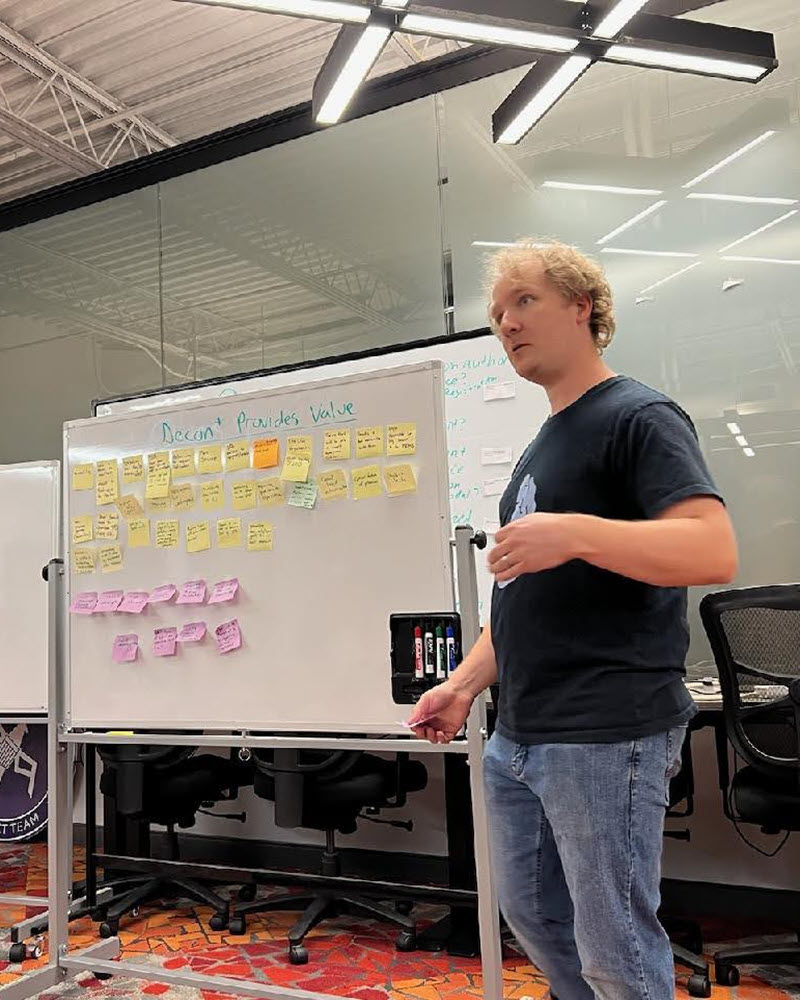Laser Deconfliction
Category
UX Research & UI DesignCustomer
US Space ForceDate
February 2022 - PresentRole
Lead UX/UI 2-3 designers12 Developers
3 government operators are responsible for protecting thousands of satellites from dozens of high energy lasers. It's a huge mission for such a small group, requiring profound domain expertise and intense attention to detail.
Equipped with word documents, excel sheets and a software system pushed to its limit, the Space Force acknowledged the need for an upgrade.
User Research
- In-person & virtual user engagements
- Stakeholder engagements
- Interviews
- Design Workshops
- Workflow Diagrams
- Domain Documentation Research
- User Journey Mapping
- A/B Testing
- Feature Prioritization
- Usability Testing
- Research Synthesis
- and more...
User Interface Design
- Design System
- UI patterns
- Accessibility
- Information Architecture
- Data Relationship Modeling (ERD)
- Rapid Prototyping
- and more...
*Disclaimer: Due to government security and NDA, I am not able to disclose unpublicized details about this project.
Project Overview
Problems
- Multiple days per week of downtime for maintenance
- Steep learning curve & frequent operator turnover
- Software updates not keeping pace with changing industry
- Manual processes slow down task completion
- Operational Acceptance of new software
Solutions
- Cloud based scalable infrastructure
- UI Simplification supported by research
- Agile development
- Automation and form validation
- Changing behaviors and processes in the DoD
Outcomes
- Proven usability improvements
- Increase in release cadence
- On track for operational acceptance of a replacement system of record
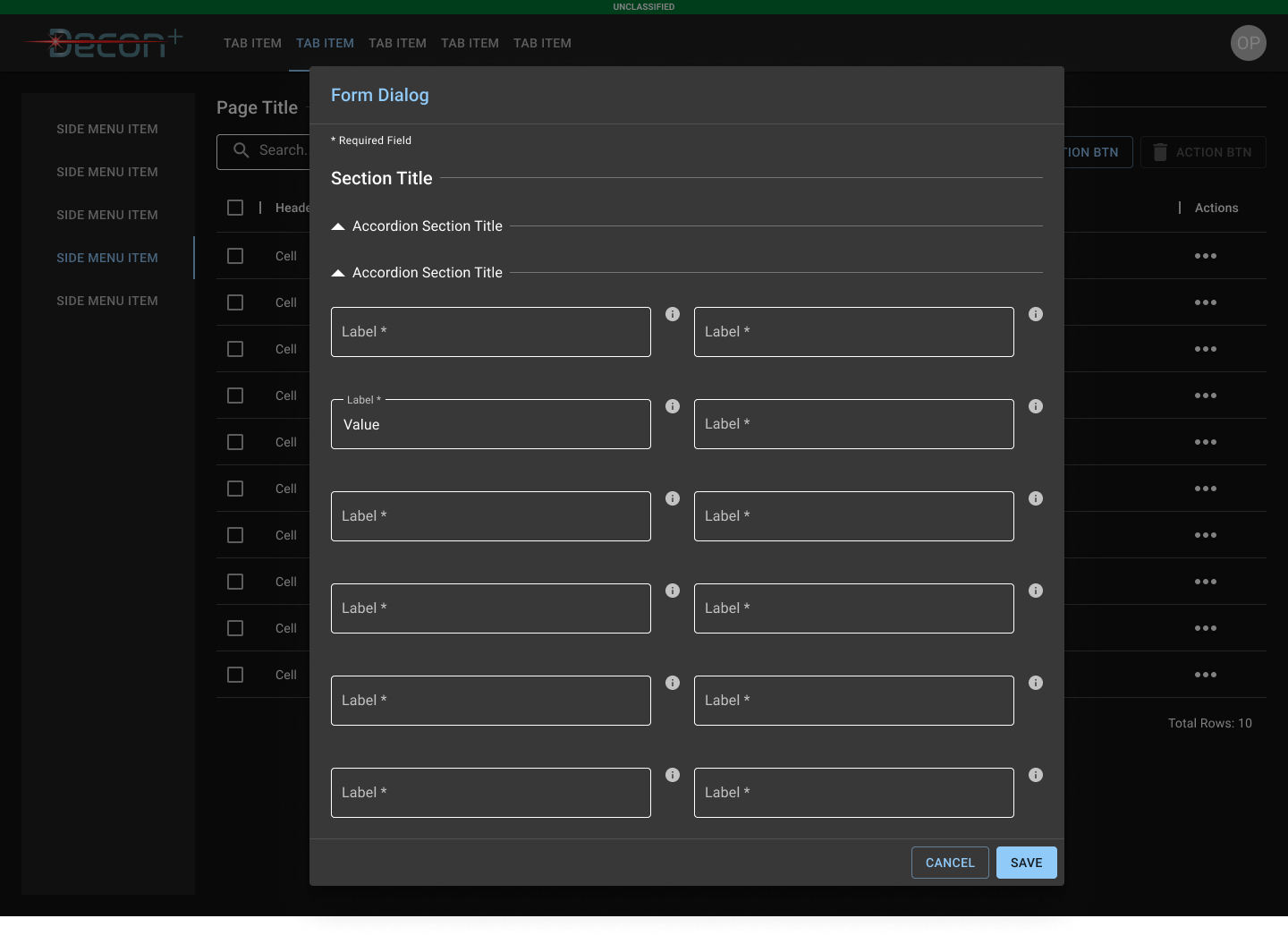
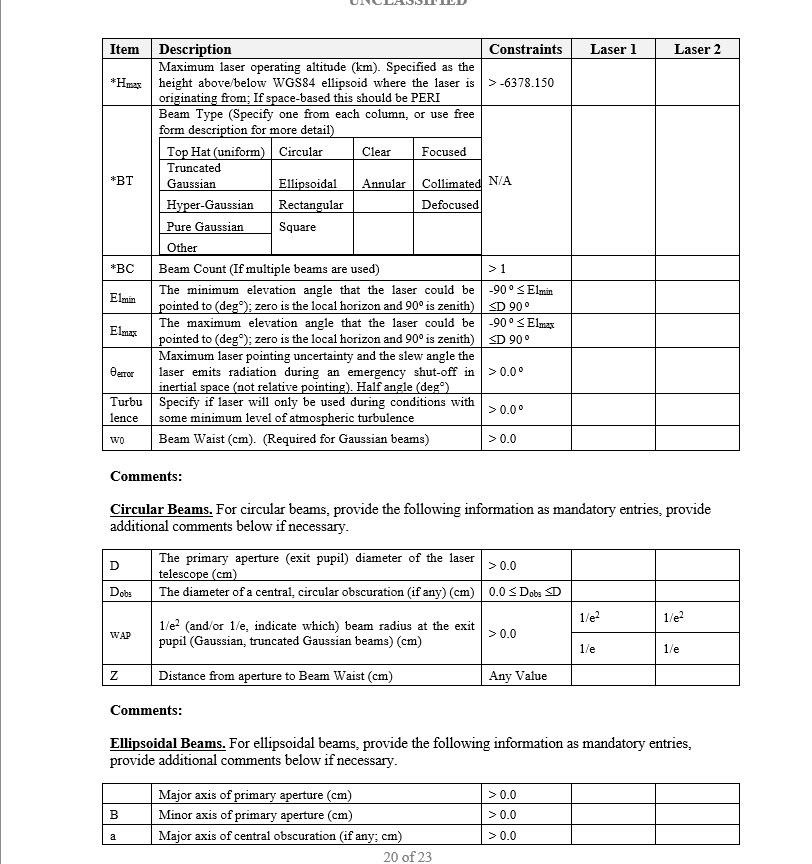
The Proof of Concept
Curious about agile development and cloud-computing, the government initiated a contract with KBR and SpaceCAMP to test the waters. They needed proven results with both development speed and scalability to consider a legacy system replacement. If we couldn't show rapid progress, our newly funded program would be dead in the water.
Research finding: Focus on development speed
Decades worth of value, Months of development
We were in a race, the tortoise and the hare, but we were 20+ years late to the starting line.
The legacy system (the tortoise) was still being developed when we started the project. We had to act fast to compete. Luckily releases on the old system were slow and cumbersome. A release planned for 2018 was released in 2023, the release planned for 2022 finally landed on workstations in 2024.
The slow release cadence of the legacy system ended up as one of our most significant advantages. We were able to develop 80% of the typical user workflows in just 18 months.
How did we achieve this?
- Adopting Agile principles with Scrum
- Dedicating time to building a high-performing team
- Simple Design System that focused on speed over aesthetics
- Intensive user research to discover what features were actually used
Setting up for Success
Know The Subject

In order to understand what we were building and communicate effectively with users and stakeholders we had to study up on laser dynamics and astrophysics. Bi-weekly user interviews yielded insights about the user's processes and pain-points but were largely used as learning sessions for our UX team.
What I had to study to empathize & communicate:
- Laser Science
- Orbital dynamics
- Astrophysics
- Military Laser Capabilities
- Meteorology
- Optical Communication
- Satellite Launches & Space News
- Types & Characteristics of Satellites & Sensors
Know The Audience
Primary Users: LCH
Our primary mission was to replace an administrative system of record used exclusively by LCH. We spent ample time with this group: observing, interviewing, and usability testing.
Through our years of working with them we witnessed a rotating door of personnel. While common in the military, these short tenures offered us the ability to gather insights from a range of experience levels. We identified gaps in onboarding and were able to see first-hand what features of the legacy system were obsolete or caused confusion.
Secondary Users: Laser Owners
Most of our time focused on these LCH-only processes, but our research uncovered a pivotal inefficiency in the communication between LCH and Laser Owners.
Though we had less access to meet with the Laser Owners, they turned out to be an important persona. Centralizing communications and instilling accountability would provide value above and beyond what the legacy system was capable of.
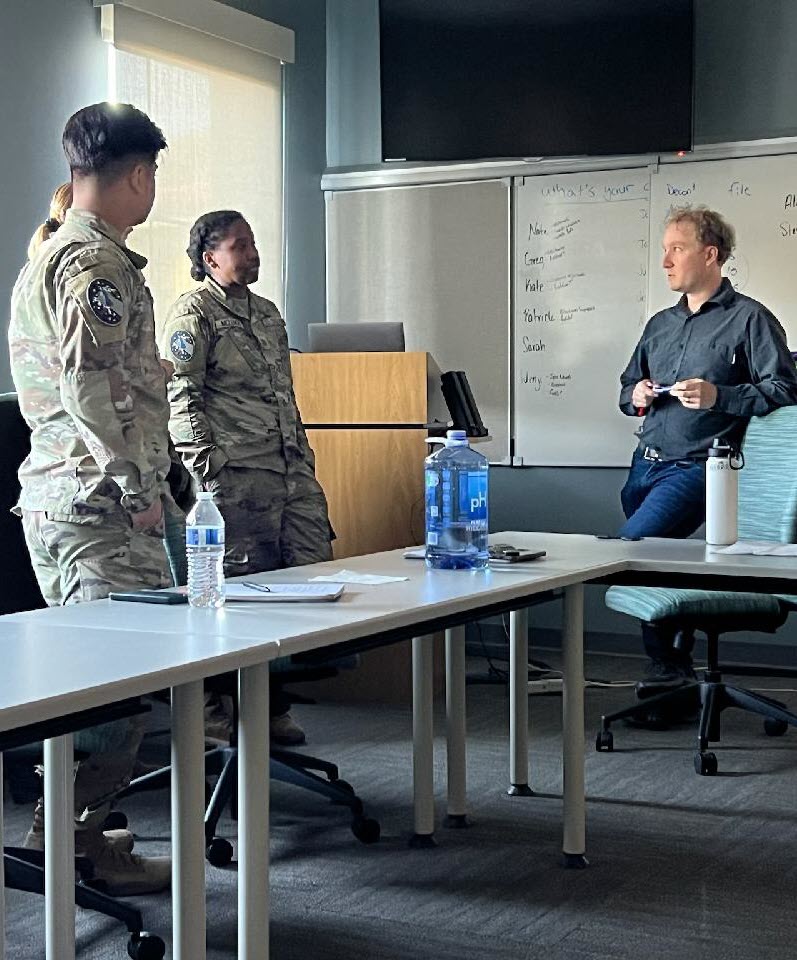
Know The Constraints
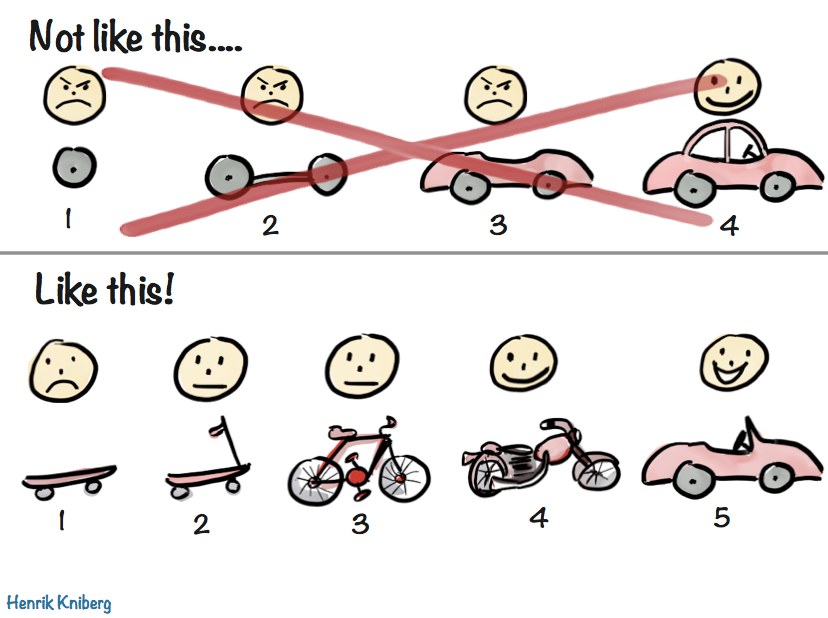
Minimum Usable Product
The government already had systems in place for the users to operate the mission. These processes are well documented, firmly engrained in the culture and authorized by senior ranking officers.
With time and funding in short supply, we knew upfront it would be a poor business decision to try and fight the status quo for any major innovations.
Security
Information safety severely restricts design freedom in the government. There are hard limits on the use of open-source data and APIs.
Something seemingly harmless like a file uploader turns into a major design challenge.
Research findings:
- Focus on reducing the learning-curve
- Incorporate features that enhance user-to-user communication
- Start small, but make the code and design patterns easily scalable
The Design Strategy
Simplified
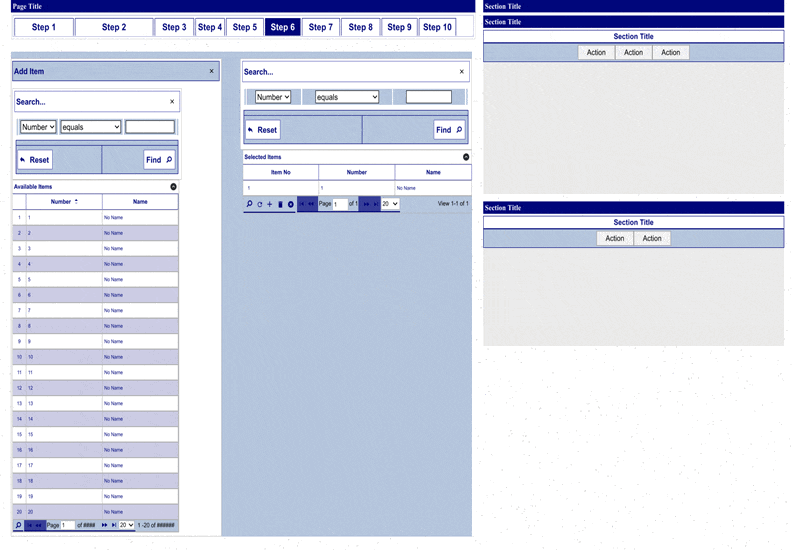
The familiarity of the legacy system, blended with the necessary speed of delivery pushed us towards keeping the existing data-oriented design pattern for the first phases of the project.
To ease the learning curve of the software, we targeted our research on decluttering unused features.
Streamlined
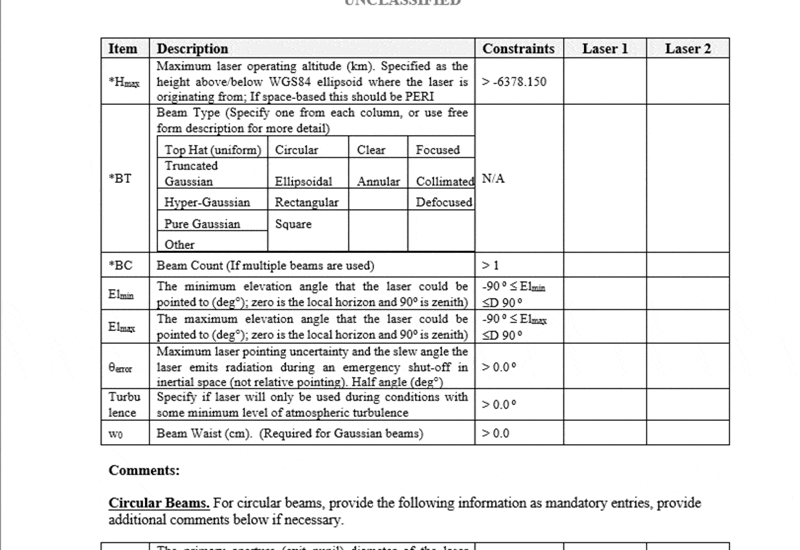
Gone are the days of word documents and text files submitted and returned on 3+ different systems. The designs focused on centralizing the back-and-forth data transfers, relieving frustration and expediting the entire workflow.
Scalable
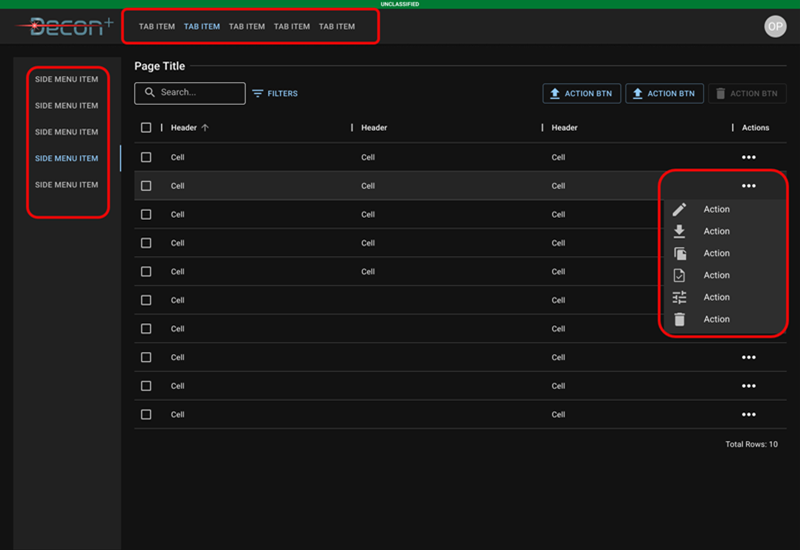
Each area of the page was built with expansion in mind. From the top and side navigation to the reusability of the webforms, I prepped the designs to quickly stand up new functionality if any major changes presented themselves.
We utilized the design pattern flexibility as research uncovered a web of interweaved data relationships that were not apparent during our discovery phase.
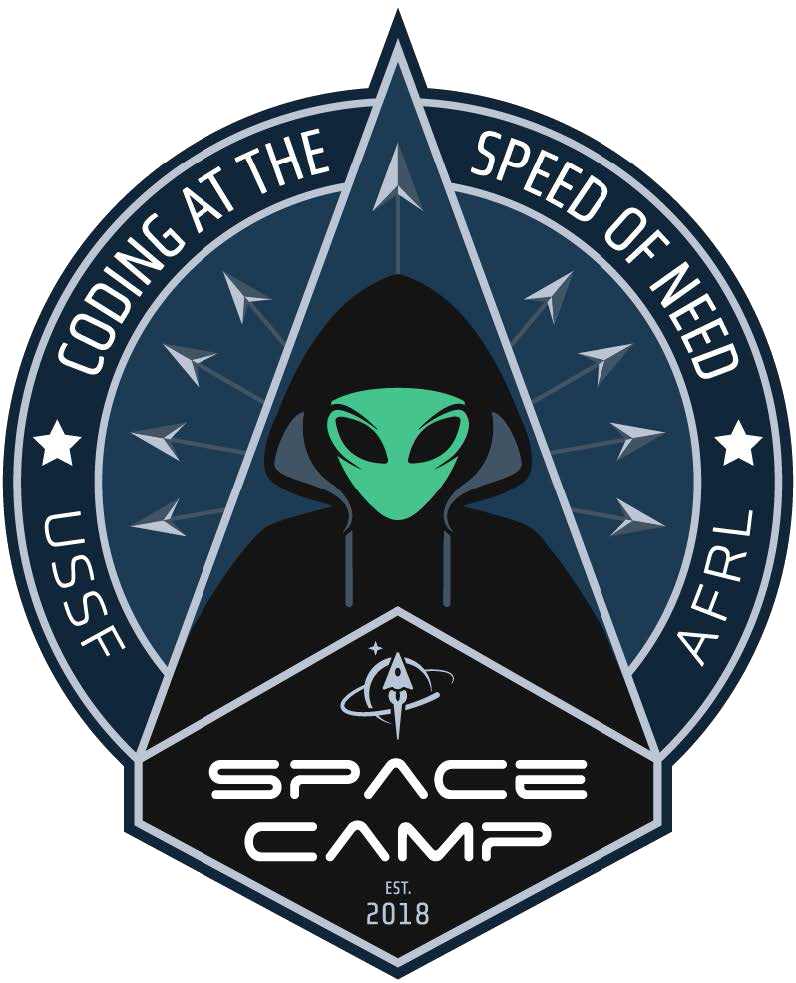
Business Impacts
-
Inspired product vision for project longevity
-
Became an example of how to properly conduct agile in the DoD
-
Created valuable contractor-government relationships with the Space Force
-
Saved time on other teams by sharing lessons learned
User Impacts
-
Simplified and centralized workflows, saving time and reducing confusion
-
Provided a scalable solution that will serve them for many years
-
Opened the doors of creative possiblity
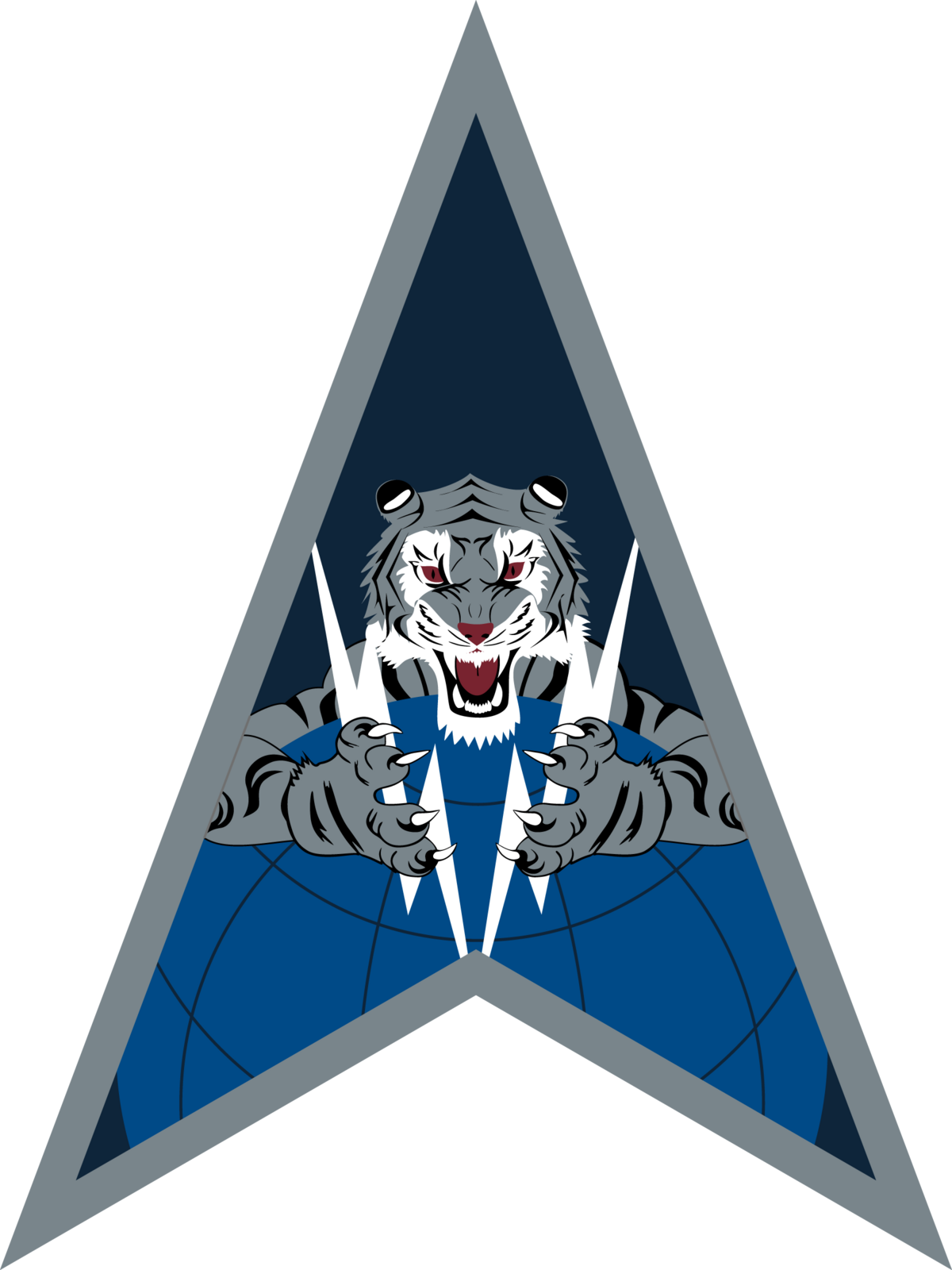
What I Learned
The value of in-person user research
Since we were primarly remote workers most of our user engagements were virtual. However, when we were able to travel to California, the data we were able to capture in-person was dramatically more impactful.
A half day of research activities yielded enough data to cover months worth of product development and would often redefine our roadmap.
Also, in our virtual sessions the users would often talk amongst themselves on mute before answering questions. We missed out on years worth of crucial thought processes before gaining government support to have an in-person note taker for these sessions.
The power of communication with stakeholders
Our stakeholders and SME's were critical to the design and success of the product. The users would typically only operate the system for 1-3 years, but our Program Office and Government partners had decades of experience and an uncanny familiarity with all the paperwork that dictated our product direction.
The users still influenced the interface usability and information architecture, but the major capabilities were largely out of their control.
Also, routine communication with the stakeholders allowed the UX team to stay agile and observe the frequent changes in success criteria. Having this insight to the project helped us maintain transparency with the development team, which reduced conflict when presenting designs.
Behavior change in the government is difficult
Many of our user's workflows and processes were written into operational documents signed by high ranking military officers that were not involved in the day-to-day mission. This created some significant constraints in how much we could streamline work for our users.
The software development process for high-risk systems was also very locked down. While the USSF is excited about modernizing with Agile, many departments (like testing squadrons) are still under orders to follow more traditional waterfall approaches. Other older programs they maintain operate with waterfall and it strains the departments to support both Agile and waterfall methodologies.
Still, we were able to implement behavioral, mindset and process optimization that were within the bounds of regulation.
Rapid high-fidelity prototypes yield better user test data
This is the second enterprise application I've worked on that necessitated high-fidelity prototypes to get valuable user testing research data. The operators were focused on how data would be manipulated and persisted across the workflow. This was difficult to portray with simple wireframes, and often our usability tests had to involve pre-staged data scenarios so we could focus on small pieces of a workflow.
I organized the Figma design system to quickly put together high-fidelity prototypes. On several occasions during feedback sessions we would even prototype live with the users. Seeing the UI come to life and getting immediate feedback saved countless hours of back-and-forth, shortening the development cycle.
